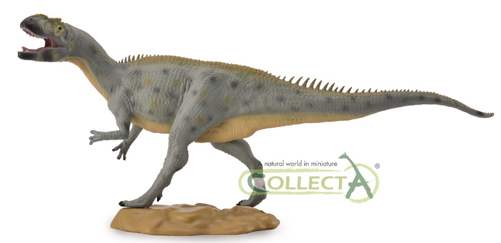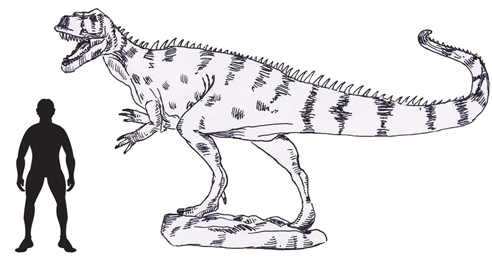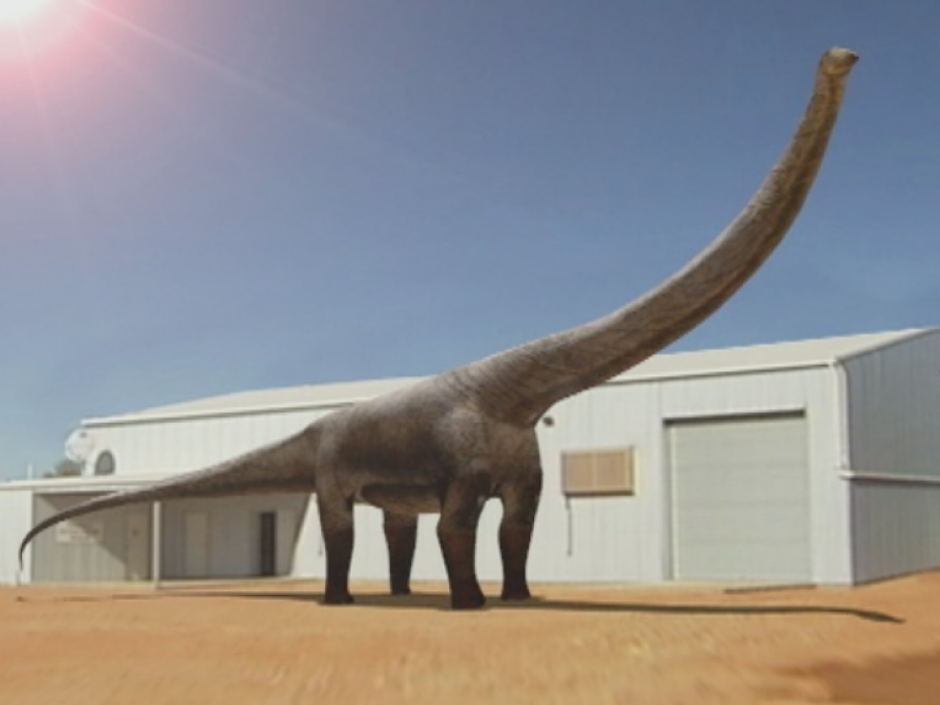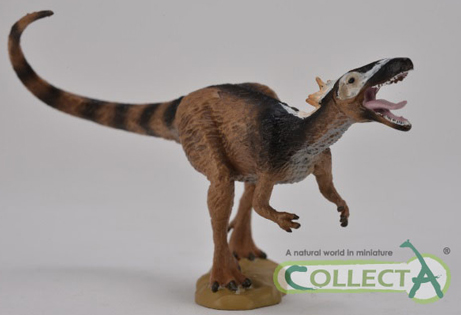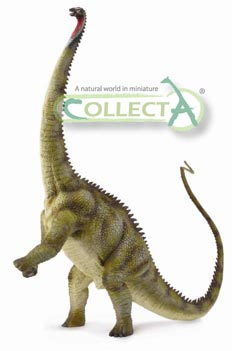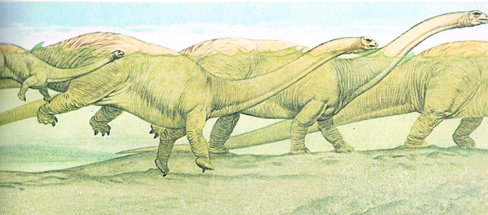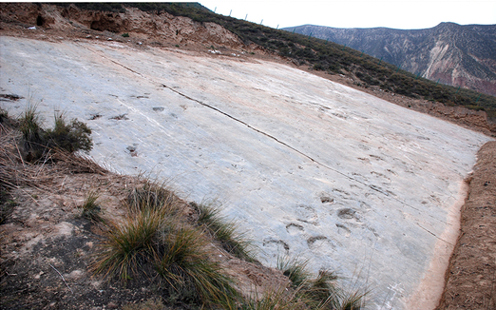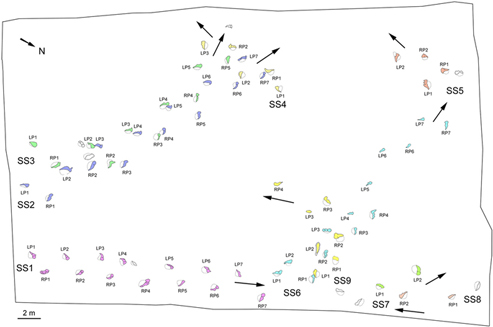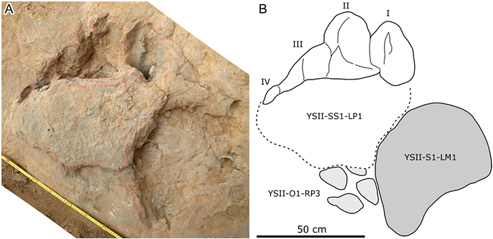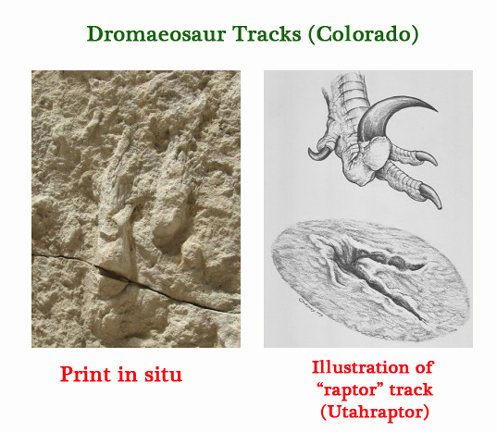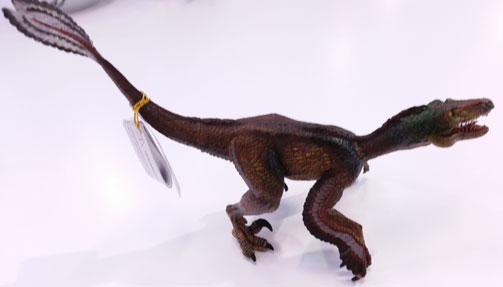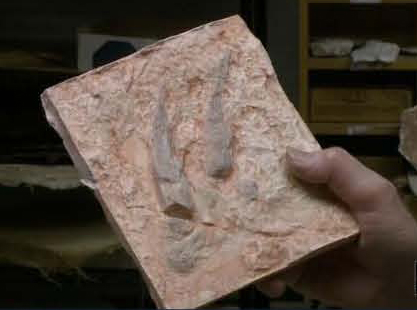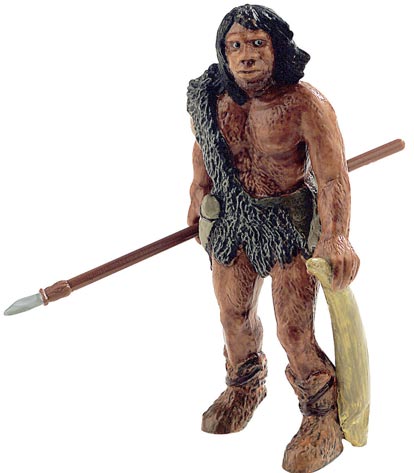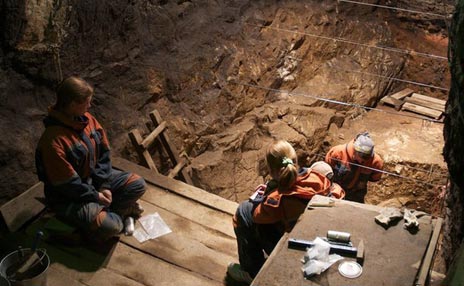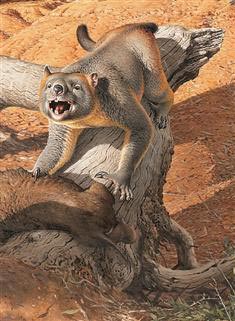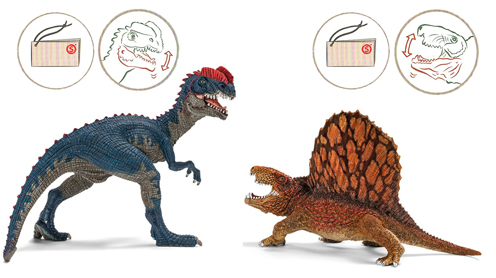Preparing for the New CollectA Models
Preparing for the New CollectA Models – Metriacanthosaurus et al
Team members at Everything Dinosaur are busy preparing for the arrival of the next set of new CollectA prehistoric animal models. The new for 2016 replicas are due to arrive at the end of March, or possibly the first week of April. We are expecting a number of new models, including the splendid Metriacanthosaurus (M. parkeri) model.
Everything Dinosaur (CollectA Metriacanthosaurus)
Picture credit: Everything Dinosaur
New CollectA Models
Metriacanthosaurus, pronounced met-tree-ah-can-tho-sore-us, is known from a single, fragmentary skeleton excavated from a site approximately one and a half miles north of the Dorset town of Weymouth (Jurassic Coast of southern England). The holotype material is currently stored in the Oxford Museum of Natural History and team members at Everything Dinosaur have been researching and writing a fact sheet on this English prehistoric animal. The exact locality of the fossil remains is debated, however, most palaeontologists assert that the fossils, which include two thigh bones, come from the clays located at Jordan Cliffs.
What is not debated, is the age of the material as one of the dorsal vertebrae associated with the specimen had the fossilised remains of an oyster attached to it (Gryphaea). The species is diagnostic of the uppermost layer of the Oxford Clay Formation (Early Oxfordian faunal stage of the Jurassic). The Gryphaea species associated with the fossilised remains of Metriacanthosaurus is Gryphaea dilatata.
Everything Dinosaur’s Scale Drawing Ready for the Fact Sheet
Picture credit: Everything Dinosaur
To view the CollectA prehistoric animal range available from Everything Dinosaur: CollectA Prehistoric Animal Models.
As far as we at Everything Dinosaur are aware, Metriacanthosaurus is the only theropod currently recognised from the upper Oxford Clay Formation. The name translates as “Parker’s moderately-spined lizard”, as the dorsal vertebrae possess relatively tall neural spines. The species name honours the English 19th century anatomist and zoologist William Kitchen Parker who has been credited with the original fossil discovery. Its classification within the Theropoda remains uncertain.
Megalosaurus parkeri
When originally named by the German palaeontologist Friedrich von Huene in 1923, it was called Megalosaurus parkeri. However, in the late 1920s and early 1930s many German scientists were being heavily influenced by the work on North African dinosaurs by Ernst Stromer von Reichenbach. The tall neural spines were reminiscent of the much more prominent spines found on the dorsal vertebrae of Spinosaurus (S. aegyptiacus), a dinosaur named by Stromer in 1915, whose fossils were being continuously studied.
No other member of the Megalosauridae had such large neural spines and so the genus assignment was questioned. It was suggested that this English dinosaur should be associated with the spinosaurids. In 1932, von Huene concluded that it should be placed within the genus Altispinax, which was known from Germany. The problem was the fossil material from Weymouth represented an animal that lived at least 25 million years before Altispinax.
It was not until the 1960s that a separate genus – Metriacanthosaurus was erected (Alick Walker, 1964), more recent studies have attempted to place this dinosaur more accurately within the phylogeny of the Theropoda. Metriacanthosaurus has been placed within the sinraptorid clade.
If Metriacanthosaurus was a member of the Sinraptoridae family, then it would the first European member of this mostly Asian family of meat-eating dinosaurs to have been described. The lack of cranial material makes positive identification at the taxonomic level difficult, the fossil material ascribed to this dinosaur consists of elements of the pelvis (a partial right ilium), vertebrae and elements of the hind limbs but the bones are severely cracked and distorted.


